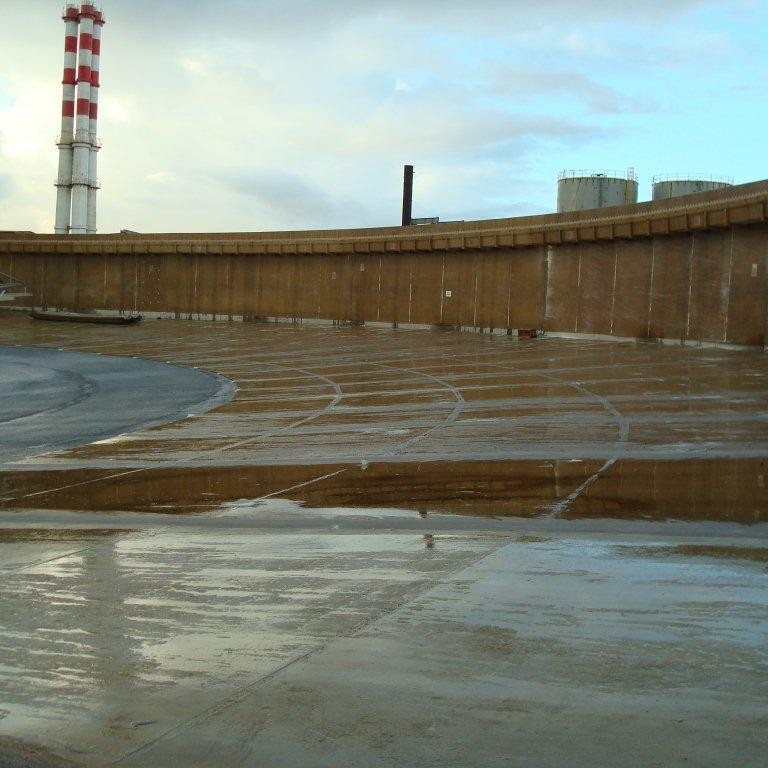
-
 Afrikaans
Afrikaans -
 Albanian
Albanian -
 Amharic
Amharic -
 Arabic
Arabic -
 Armenian
Armenian -
 Azerbaijani
Azerbaijani -
 Basque
Basque -
 Belarusian
Belarusian -
 Bengali
Bengali -
 Bosnian
Bosnian -
 Bulgarian
Bulgarian -
 Catalan
Catalan -
 Cebuano
Cebuano -
 China
China -
 China (Taiwan)
China (Taiwan) -
 Corsican
Corsican -
 Croatian
Croatian -
 Czech
Czech -
 Danish
Danish -
 Dutch
Dutch -
 English
English -
 Esperanto
Esperanto -
 Estonian
Estonian -
 Finnish
Finnish -
 French
French -
 Frisian
Frisian -
 Galician
Galician -
 Georgian
Georgian -
 German
German -
 Greek
Greek -
 Gujarati
Gujarati -
 Haitian Creole
Haitian Creole -
 hausa
hausa -
 hawaiian
hawaiian -
 Hebrew
Hebrew -
 Hindi
Hindi -
 Miao
Miao -
 Hungarian
Hungarian -
 Icelandic
Icelandic -
 igbo
igbo -
 Indonesian
Indonesian -
 irish
irish -
 Italian
Italian -
 Japanese
Japanese -
 Javanese
Javanese -
 Kannada
Kannada -
 kazakh
kazakh -
 Khmer
Khmer -
 Rwandese
Rwandese -
 Korean
Korean -
 Kurdish
Kurdish -
 Kyrgyz
Kyrgyz -
 Lao
Lao -
 Latin
Latin -
 Latvian
Latvian -
 Lithuanian
Lithuanian -
 Luxembourgish
Luxembourgish -
 Macedonian
Macedonian -
 Malgashi
Malgashi -
 Malay
Malay -
 Malayalam
Malayalam -
 Maltese
Maltese -
 Maori
Maori -
 Marathi
Marathi -
 Mongolian
Mongolian -
 Myanmar
Myanmar -
 Nepali
Nepali -
 Norwegian
Norwegian -
 Norwegian
Norwegian -
 Occitan
Occitan -
 Pashto
Pashto -
 Persian
Persian -
 Polish
Polish -
 Portuguese
Portuguese -
 Punjabi
Punjabi -
 Romanian
Romanian -
 Russian
Russian -
 Samoan
Samoan -
 Scottish Gaelic
Scottish Gaelic -
 Serbian
Serbian -
 Sesotho
Sesotho -
 Shona
Shona -
 Sindhi
Sindhi -
 Sinhala
Sinhala -
 Slovak
Slovak -
 Slovenian
Slovenian -
 Somali
Somali -
 Spanish
Spanish -
 Sundanese
Sundanese -
 Swahili
Swahili -
 Swedish
Swedish -
 Tagalog
Tagalog -
 Tajik
Tajik -
 Tamil
Tamil -
 Tatar
Tatar -
 Telugu
Telugu -
 Thai
Thai -
 Turkish
Turkish -
 Turkmen
Turkmen -
 Ukrainian
Ukrainian -
 Urdu
Urdu -
 Uighur
Uighur -
 Uzbek
Uzbek -
 Vietnamese
Vietnamese -
 Welsh
Welsh -
 Bantu
Bantu -
 Yiddish
Yiddish -
 Yoruba
Yoruba -
 Zulu
Zulu
Understanding Drill Rod Connections Basics for Effective Drilling Operations and Maintenance
Understanding the Basics of Drill Rod Connections
In the drilling industry, the connection of drill rods is a crucial aspect that significantly impacts operational efficiency, safety, and overall performance. Drill rod connections serve as the linchpin for transferring torque and tensile loads during drilling operations, making it essential for professionals to have a strong understanding of their design, types, and the factors influencing their selection and performance.
Types of Drill Rod Connections
Drill rod connections are categorized into several types, each with its specific features and applications. The most common types include
1. Tube Connections These utilize a simple tubular design, offering a direct connection between rods. They are often robust and capable of handling various drilling conditions, making them popular in many drilling operations.
2. Shouldered Connections This type features a shoulder that helps to absorb loads and reduce stress concentrations. Shouldered connections are favored for their ability to maintain structural integrity under high torque and tension.
3. Threaded Connections Threaded connections provide a reliable method for connecting rods by screwing them together. Their ease of assembly and disassembly makes them a preferred choice for many drilling operations.
4. Limit Torque Connections These connections are designed to limit the amount of torque transferred between rods, thus protecting them from mechanical damage. They are particularly useful in challenging drilling environments where excessive torque can lead to tool failure.
Design Considerations
Several factors influence the design and selection of drill rod connections. Key considerations include
drill rod connections understanding the basics and its

- Material Strength The materials used in the construction of drill rod connections should exhibit high tensile strength and resistance to wear and corrosion. Common materials include high-strength steel alloys and composite materials designed to withstand extreme conditions.
- Load Requirements Different drilling applications impose various load conditions. Understanding the expected torque and tensile loads is fundamental in selecting the appropriate connection type and material.
- Drilling Environment The specific conditions of the drilling environment, such as temperature, pressure, and the presence of abrasive materials, can significantly impact connection performance. Connections must be designed to handle these variables effectively.
- Ease of Maintenance Connections should be designed with ease of maintenance in mind. Components that are easy to replace or repair can minimize downtime and reduce operational costs.
Performance and Safety
The performance of drill rod connections is critical to the success of drilling projects. Poor connections can lead to equipment failures, increased downtime, and safety hazards. Regular inspection and maintenance are vital to ensure that connections remain in optimal condition.
It’s important to establish clear protocols for inspecting drill rod connections before and during operations. Signs of wear, corrosion, or fatigue should be addressed promptly to mitigate the risk of failures that could lead to significant operational disruptions and safety incidents.
Conclusion
In summary, understanding the basics of drill rod connections is essential for professionals in the drilling industry. The selection of the right connection type, consideration of design factors, and a focus on performance and safety can substantially improve drilling efficiency and effectiveness. By investing in quality connections and adhering to maintenance protocols, companies can enhance their operational reliability and safety standards, ultimately leading to more successful drilling outcomes. As the industry evolves, staying informed about advancements in materials and design will be invaluable for ensuring continued success in drilling operations.









